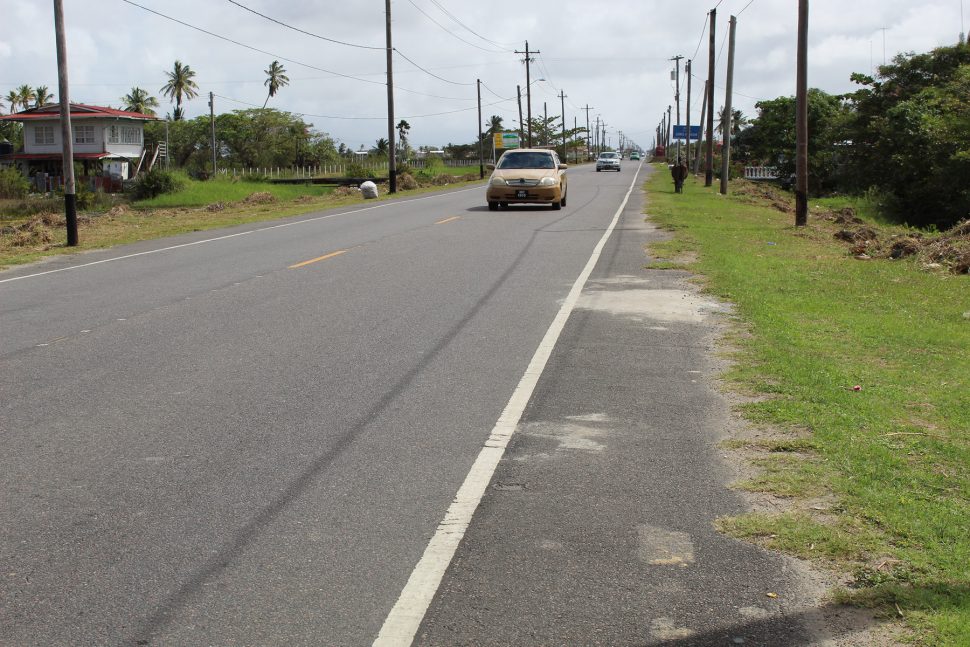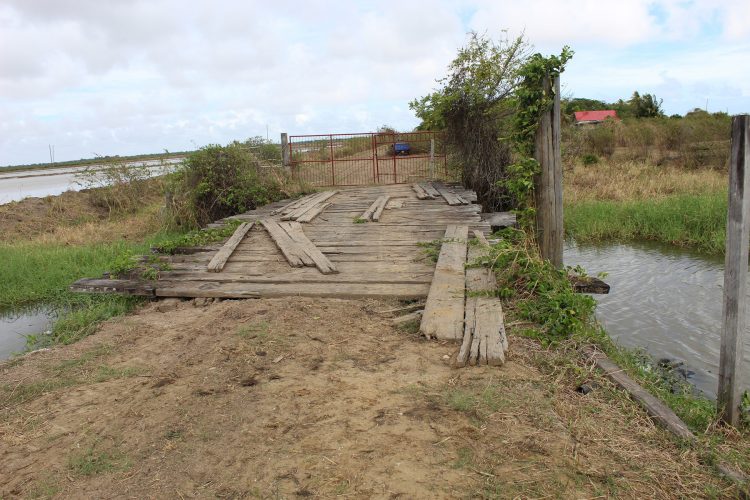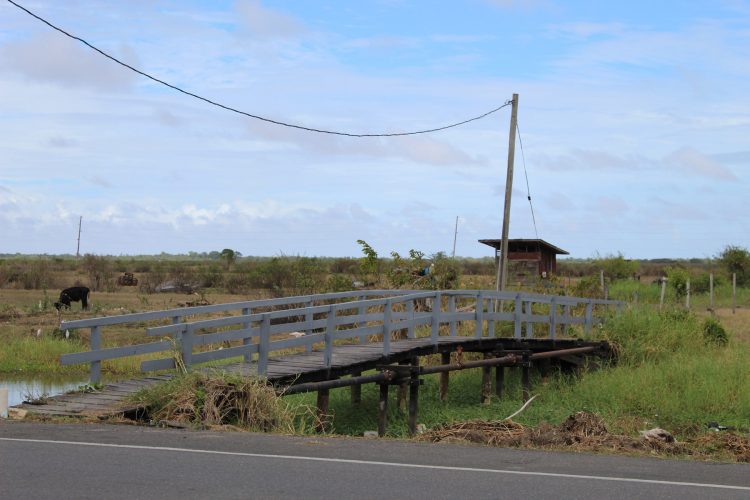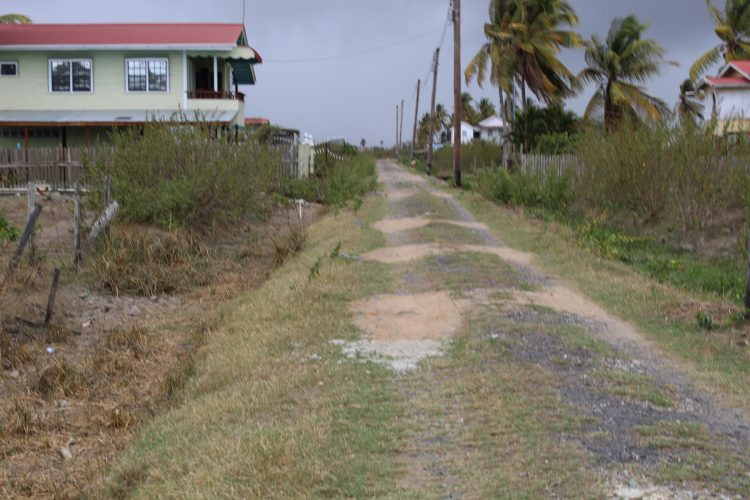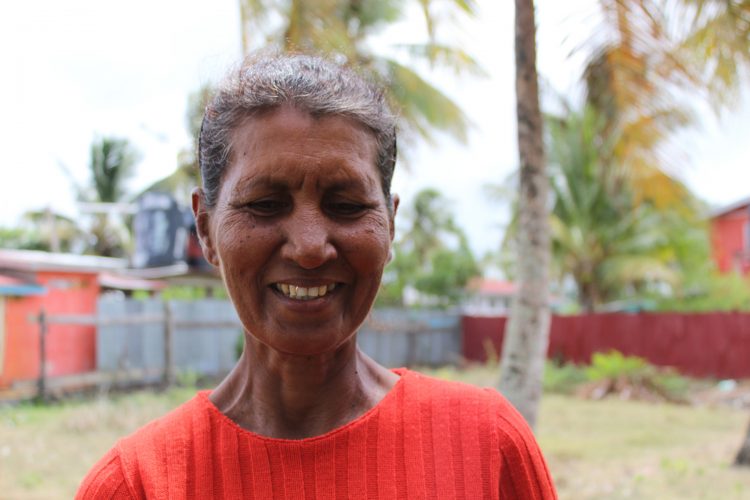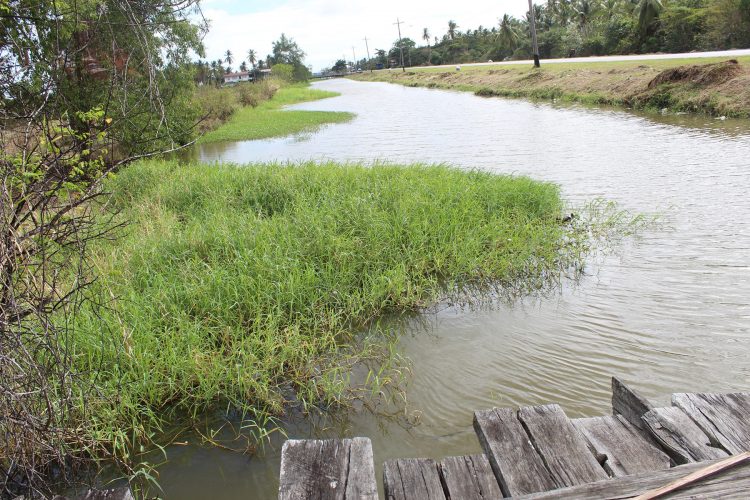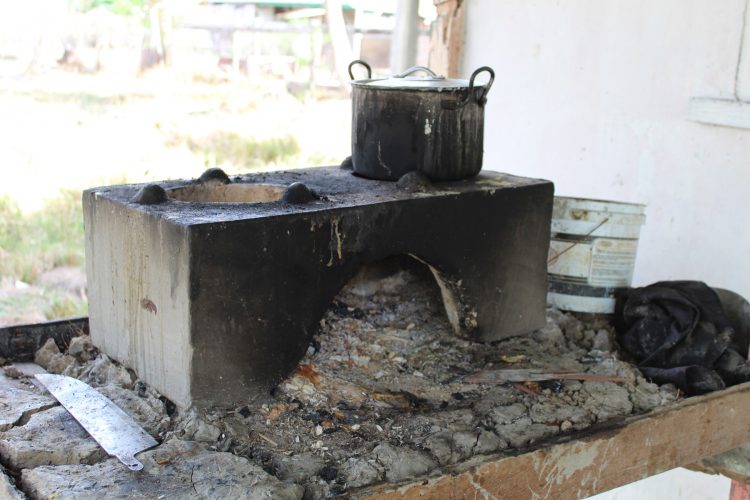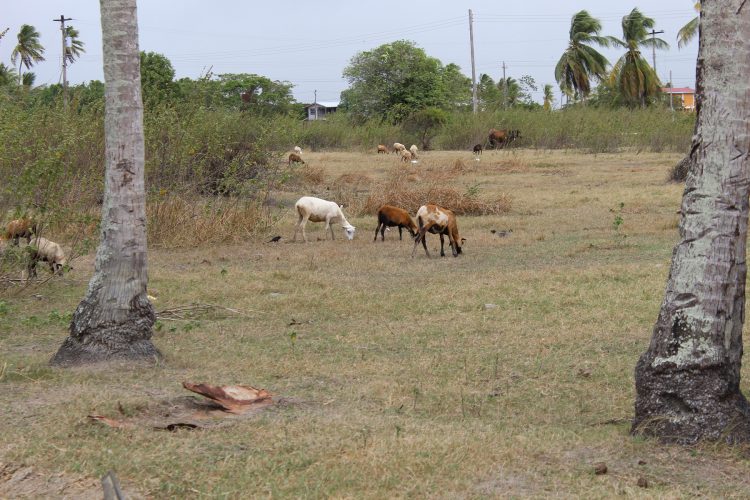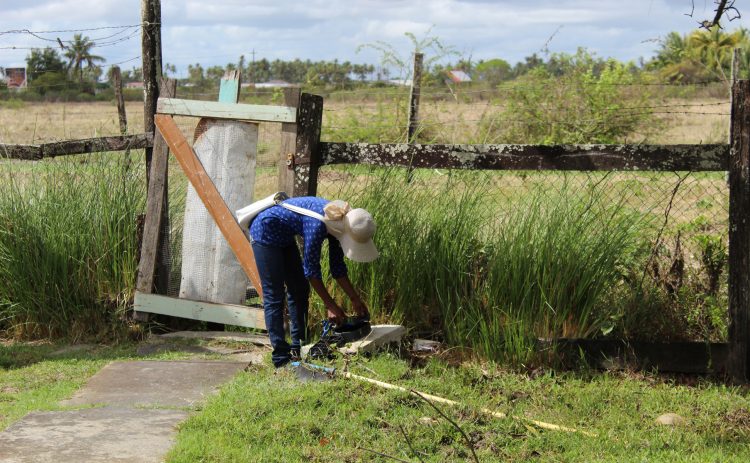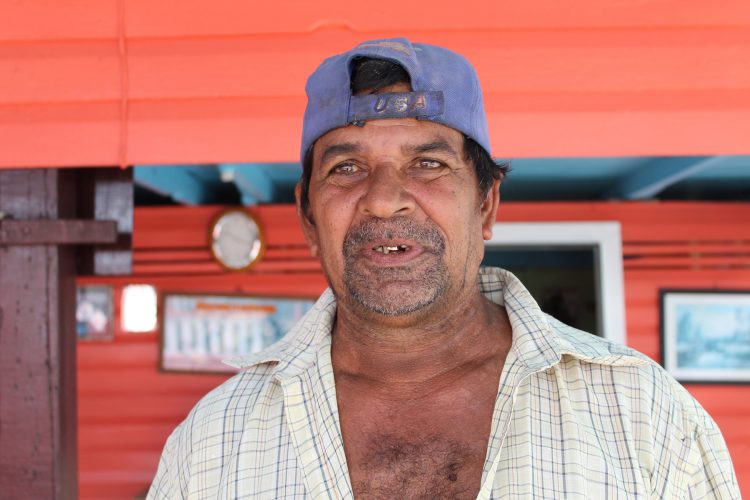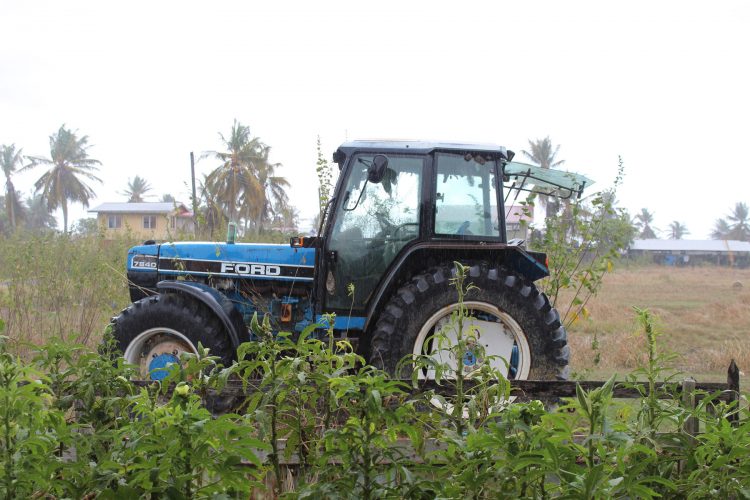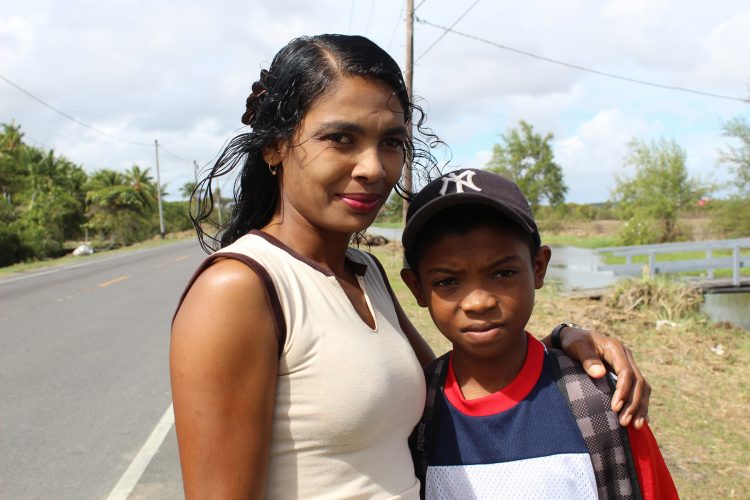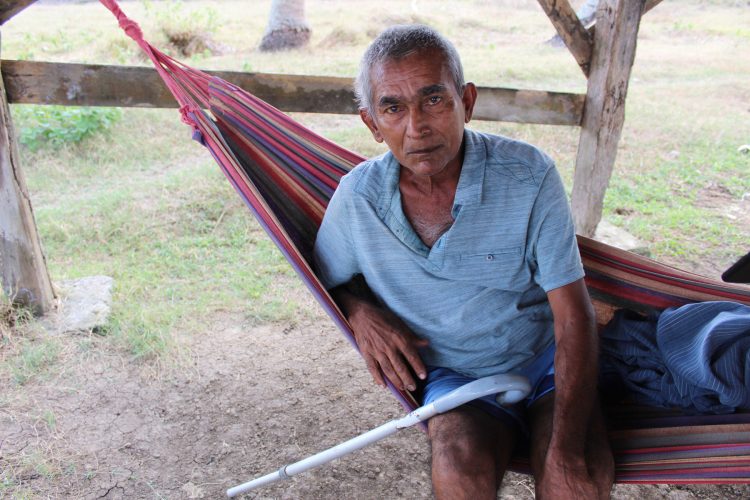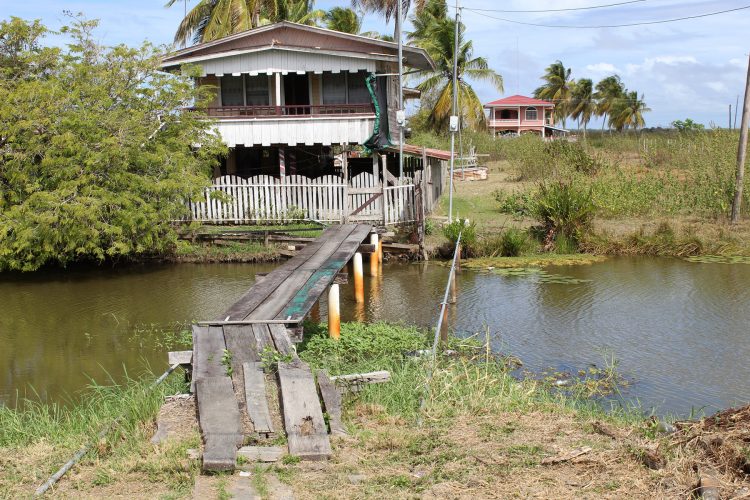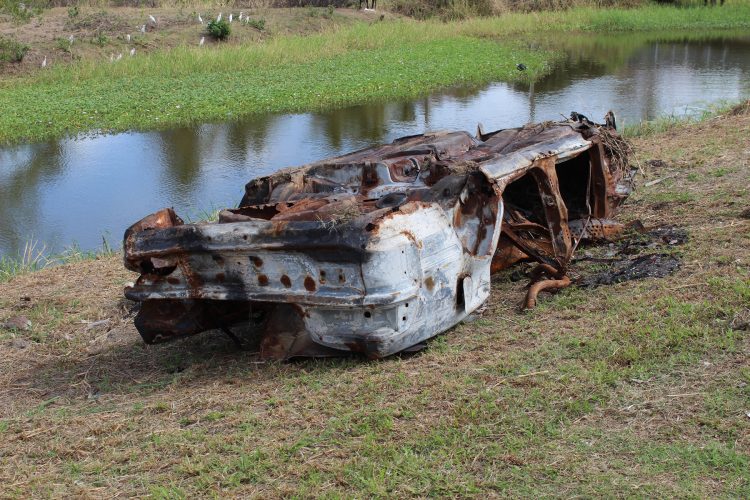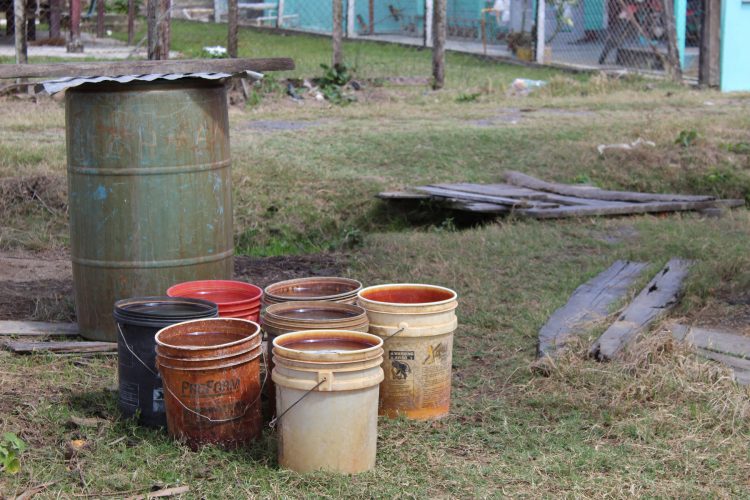Adorned with old tractors, trailers, and other machinery, the very small Number 7 Village, Corentyne is located close to the popular Seawell Turn in Region Six.
With its diminishing population of mostly cattle farmers and rice planters, the village was described to be a very quiet one. It was evident that it was also very family oriented, but according to one resident, over the years, families have migrated to foreign countries, abandoning their houses along with the vast land they owned.
Lilian Narsai, 45, explained that she was born and grew up in Number 7 Village. However, according to her, the village’s population has rapidly decreased over the years and there are just about 100 residents today.
“We have electricity,” she said, “but since I’m living here we don’t have phone lines.”
She stated that she and other residents have visited GTT and applied but no lines have yet been placed in the village.
Meanwhile, the woman said, she usually spends her day relaxing at home unless she has an errand to run.
Pinky Roopram, 41, who has been living in the village for over two years, complained that the drains need immediate cleaning. The woman, who is originally from Tain, Corentyne, said with a smirk that she prefers her home village.
Roopram and her son, Simian Datadin, 14, were heading further up the Corentyne when I visited. However, the two stopped on the public road to have a chat with me. The woman said the villagers are nice but tend to keep to themselves.
Stella Persaud explained that she built her house in the village some 49 years ago and after living in it for only three years, she migrated to Canada. She said that back in the day, only the main road had houses and they were but a few. People were very peaceful, “not like now,” she added.
“Now there are more homes, strangers living and rental properties. I know it as very peaceful and quiet.”
The village now has two cross streets.
She recalled that the village used to receive water from a pump in Palmyra.
The woman who is currently vacationing in Guyana noted that she plans to retire to Guyana for one reason, “because I love Guyana”.
She previously performed secretarial duties at the magistrate’s court, customs, ministry of health and regional office in Region Six before migrating.
“I would tell young people if they have the opportunity to go to school and take education, they should do it to the fullest extent because you never lose it,” she advised.
Meanwhile, “Aunty Rajmattie”, who could not remember her age, said she enjoys living in the village.
Rohan Singh, 62, broke down in tears while explaining his situation to the World Beyond Georgetown.
The man, who has lived in the village for over 15 years, said he was in an accident some two years ago, after which steel was placed in his leg, so as to enable him to walk. However, he has recently been experiencing major pain in the same leg.
As he wiped his tears, which he could not seem to hold back, he said, “It paining me bad. I does do everything for myself, cook and so, but this two day me cousin cooking for me and she gone for my tablet.”
The emotional man, who lives alone, noted that it has been many years since someone had asked him how he was doing. The father of two overseas-based Guyanese also explained that one of his sons died following an accident in America.
He said he now enjoys spending his day in the hammock underneath his house.
Meanwhile, Sarah, who moved to Number 7 Village, Corentyne about two days ago jokingly said, “This village feel boring”.
Data Latchman, who has lived in the village for about 14 years, explained that the village needs a better drainage system. “If rain fall the place flood out and the water does take about a two week to go down,” she noted.
She also pointed out that there is an ongoing issue between rice farmers and cattle rearers. “Because almost everybody in this village a mine animals and we na get nowhere to graze them,” she lamented. “Them rice farmers take over all them lands. We would be glad for a lil piece to graze we animals.”
Nevertheless, Latchman insisted that she enjoys living in the village. She said one of her biggest struggles was losing her 16-year-old daughter a few years ago. The woman said her daughter had suffered from a heart condition and although doctors tried to prepare her for her daughter’s death, they could not. She said she still grieves every day for her daughter, but she survives knowing that her young child is no longer in any pain.
Meanwhile, Milton Sookhoo, 60, who owns two properties in the village, said the village is stuck at one stage: “People na do nothing for this village, watch them streets and drains”.
He also called for residents who are not occupying their land to put them on the market, so that persons can move in and the area can be further developed.
The man pointed out that there is enough land to open a playground.
According to the man, children have to travel every day to either Rose Hall or New Amsterdam to attend their schools, since the village does not have any schools. “When them at home nothing na really deh to do,” he added.
Additionally, persons have to travel out of the village to purchase groceries and other items because there are no shops.
The village has one Christian church.
While some of the residents seemed content to live in the area, others are calling for the village to be developed.
However, the residents have all planted their yards with flower plants and fruit trees, the one thing they have in common.
